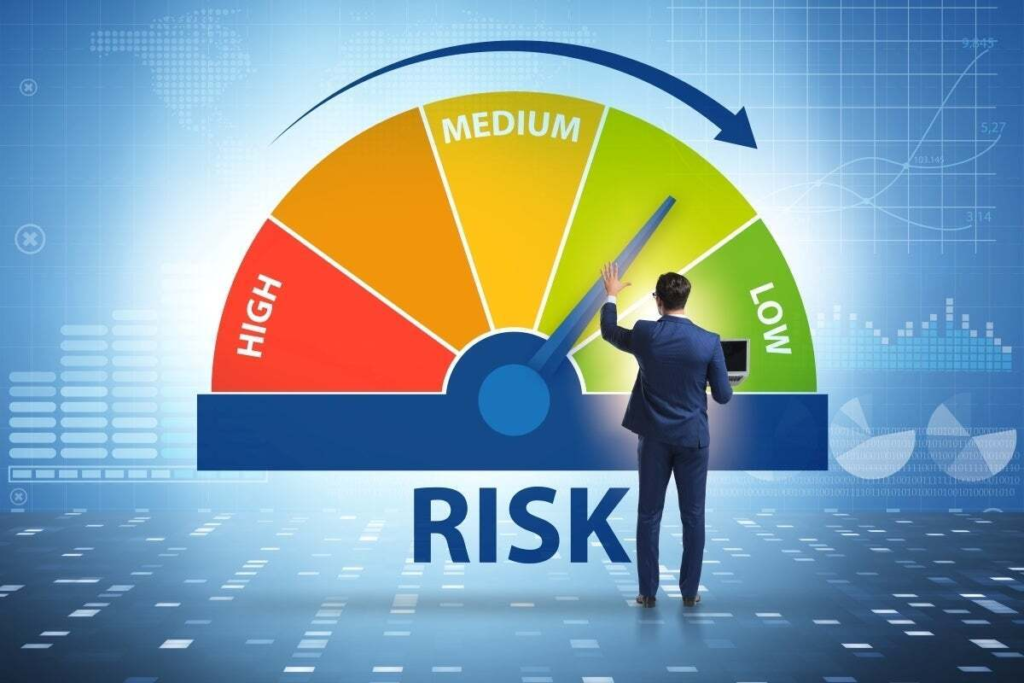Nearly 45% of digital projects encounter challenges that can significantly impact their budgets, deadlines or both, putting organizational success and stakeholder confidence at risk. I found that the most common way for the project status is by reporting methods, whether weekly or monthly updates, often lack the immediacy necessary for timely interventions, and by the time concerns are brought to light, they have typically grown far out of control. However, it is the emergent but promising project rescue strategy, real-time executive dashboards, that is evolving to the rescue. These live-data visualization tools are interactive, allowing C-suite executives or project managers to gain immediate insight into project health, identify blockers early and dynamically adjust resources as needed. I am sure that real-time dashboards certainly add value to rescue failing IT projects by enabling early intervention through live data visibility, collaborative alignment and automated risk detection despite challenges such as data overload and integration costs. I wrote this article to examine the role of real-time dashboards as a crucial turnaround mechanism for IT project management, including their benefits, limitations and best practices for implementation, using my first-hand experience. The urgency of real-time visibility in IT projects IT projects are now complex, involving more than one team, changing customer requirements frequently, customer point of contact changes, end user demands and highly intermingled technologies. Nearly half of these projects are late or over budget, and many of these delays are due to resource shortages or proper alignment that were not identified in time, task dependencies or scope creep. Traditional status reports hinder proactive management, which takes days or weeks after data collection to complete. Real-time dashboards, on the other hand, provide an up-to-the-minute, always-current view of mission-critical project metrics, including progress against the budget, timeline expansions and contractions, resource allocation, risk alerts and quality-driven indicators that support data-aligned decisions. source













